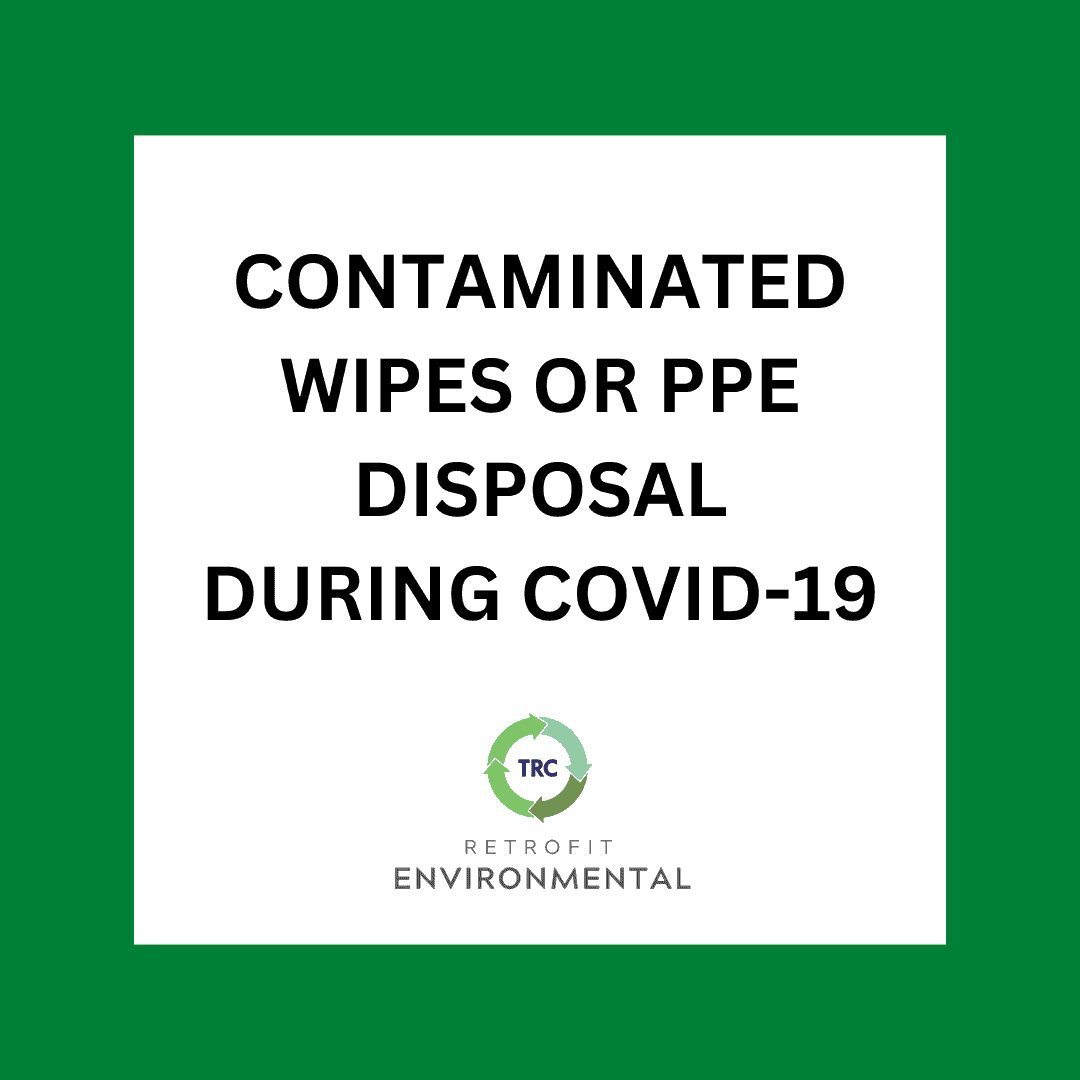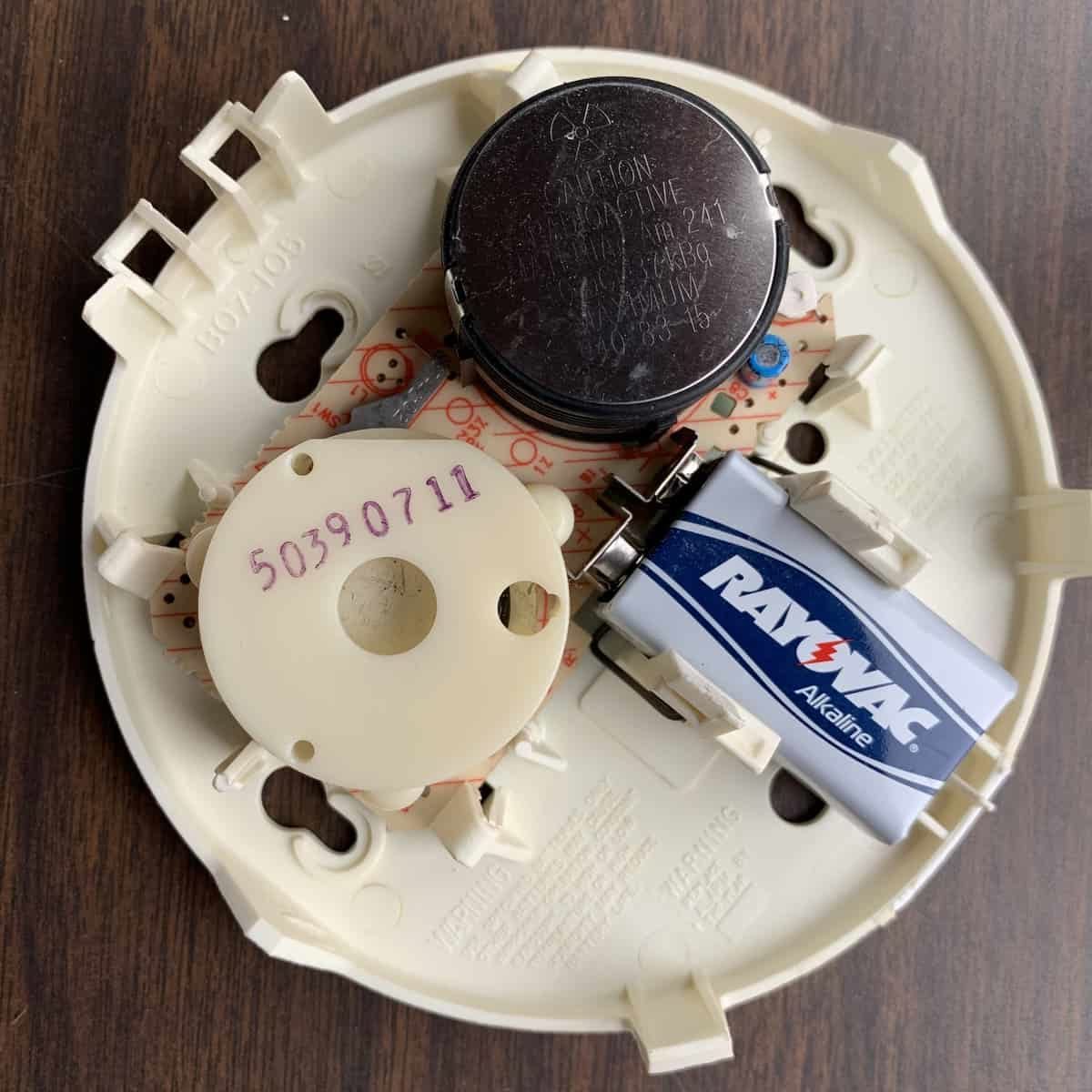Battery Containing Devices – A Recycling Challenge
Published March 2021
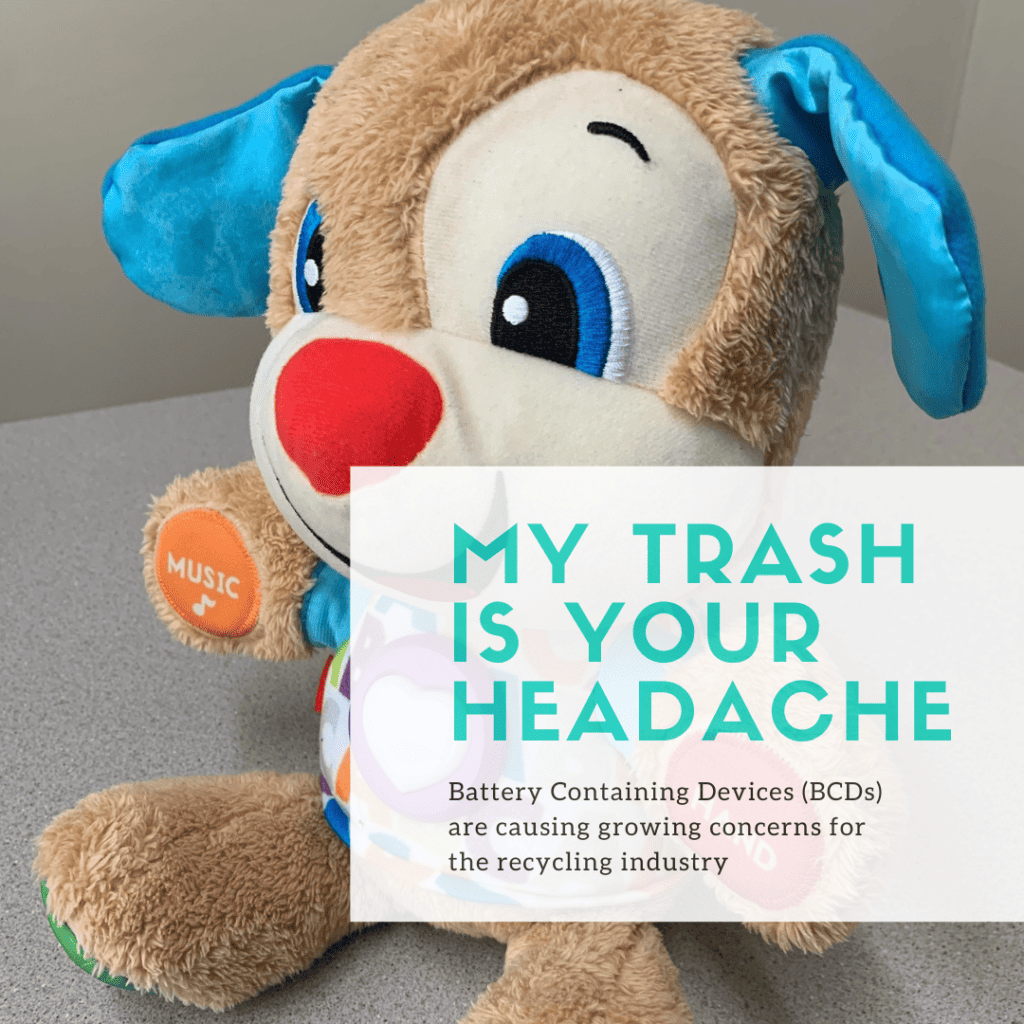
Battery Containing Devices (BCDs) Are a Growing Concern to Recyclers
Did you know that this simple children’s toy needs to be manually disassembled and sent to 3 separate recycling resources for proper disposal? This is an area of immediate and growing concern for E-Scrap recyclers as the industry continues to face potentially dangerous battery chemistries that, if not properly disposed of, may cause fire hazards, in addition to the toxic components ending up in landfills and our drinking water.

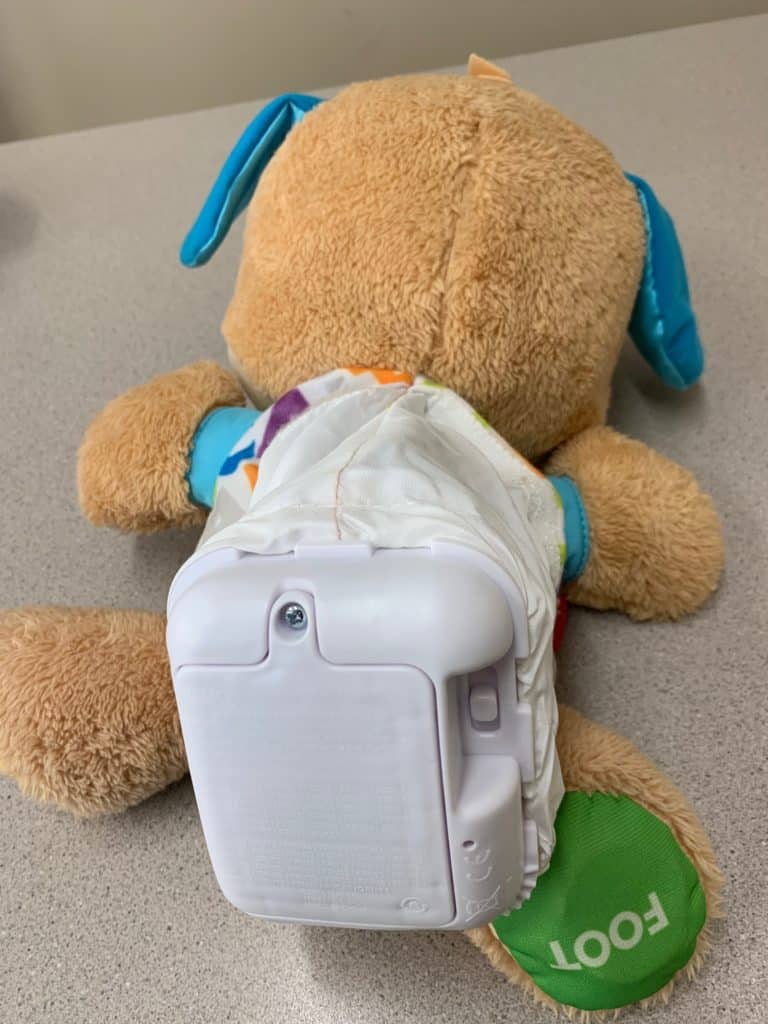
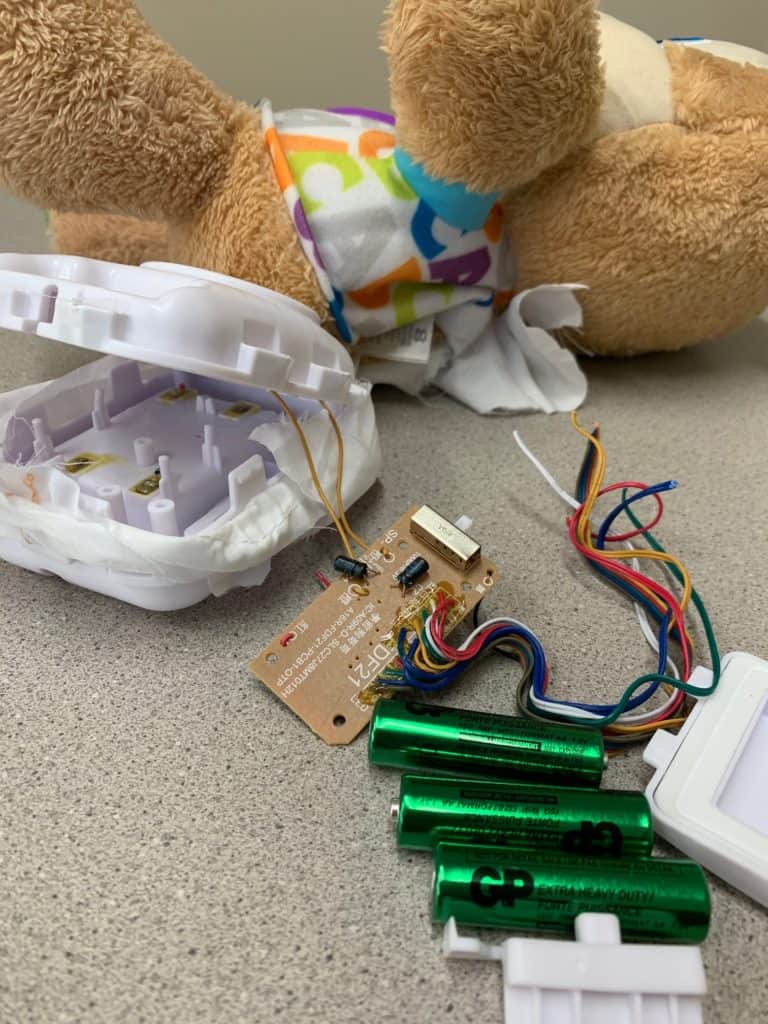
“If you don’t start thinking about what it costs us to take apart these batteries, you can forget this rule altogether, because these batteries are going to go right into the street or they’re going to go right into the landfill.”
Dennis Kazarian, Vice President of e-Recycling of CA
What is a Battery Containing Device (BCD)?
E-Scrap recyclers are facing a growing problem with the large quantity of electronics containing dangerous rechargeable batteries. Currently, Lithium-Ion Polymer batteries are the dominant chemistry found in most portable consumer electronics.
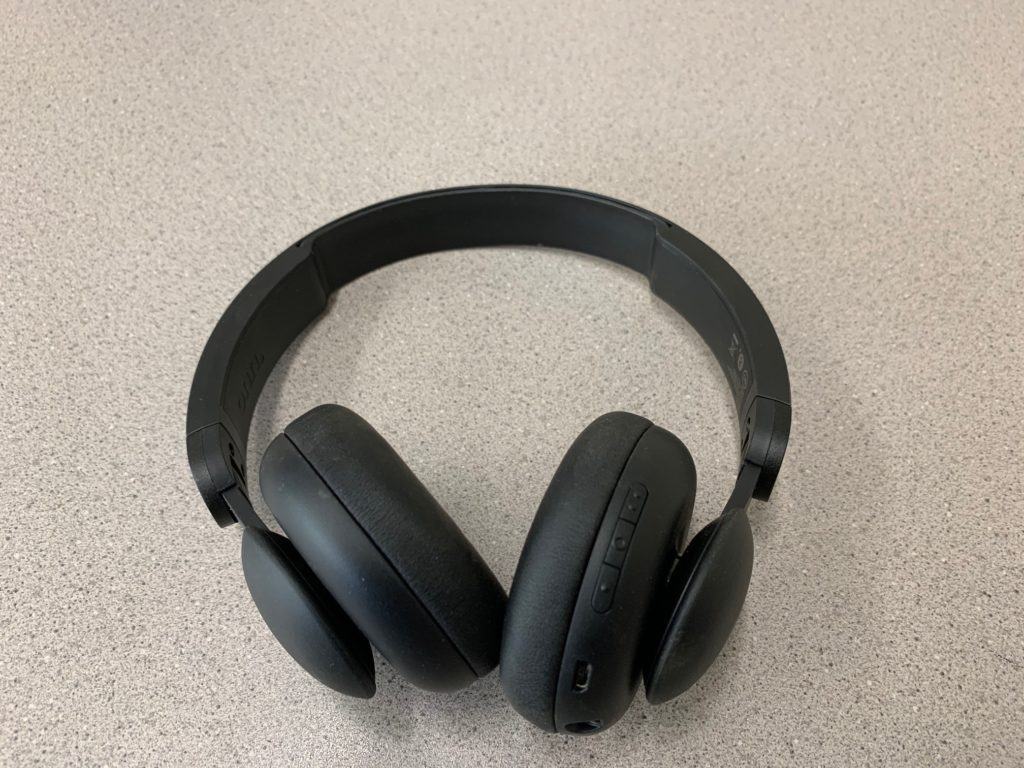
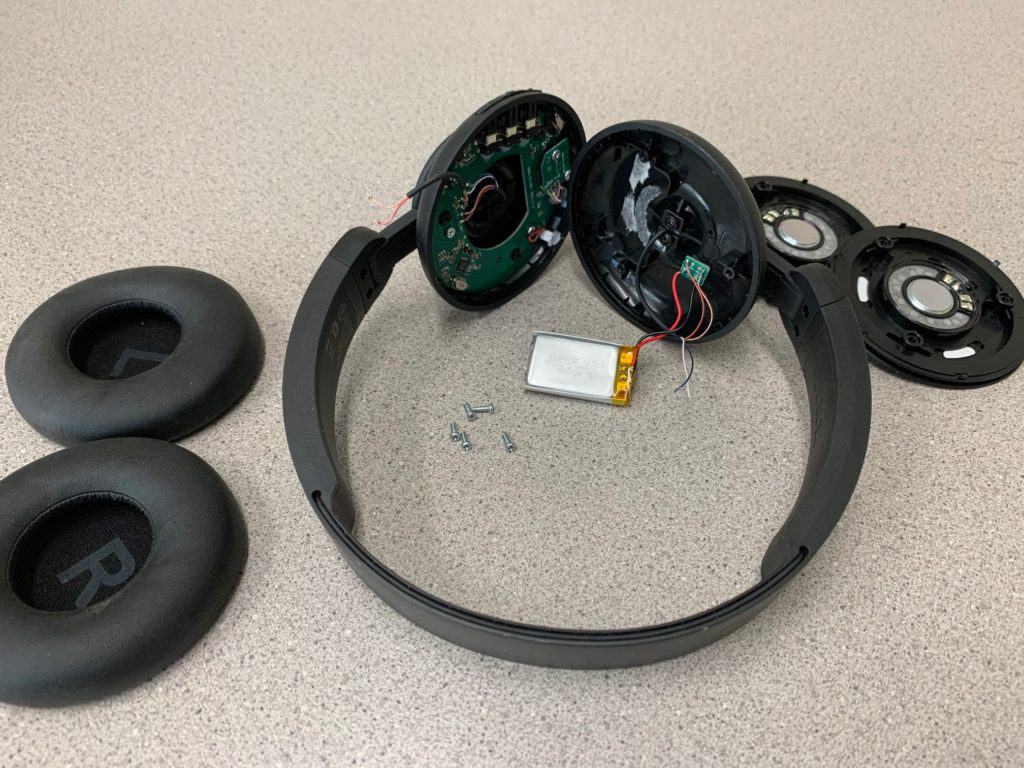
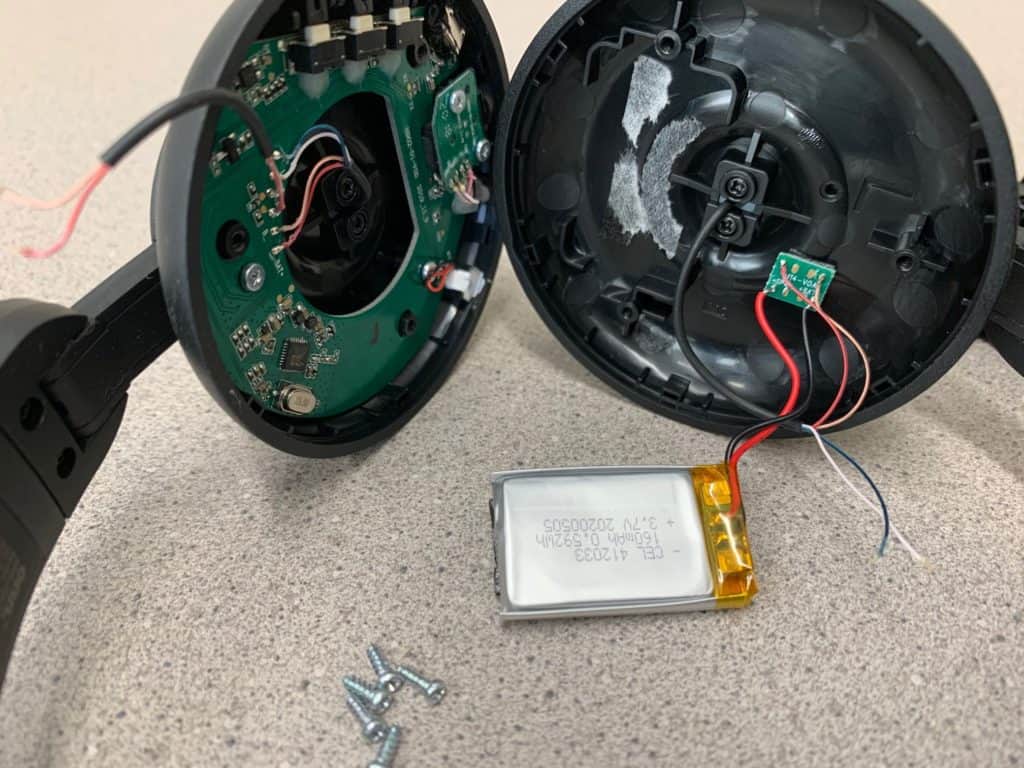
As lithium battery technology advances, energy capacities are now many times that which were available only a few years ago. They continue to grow in popularity due to their lightweight design, longevity and energy density. Modern devices are designed to be slim and lightweight. Batteries are often integrated into their structural design, for example by encapsulating and gluing them in place. This makes separating batteries difficult and adds to the cost of recycling a device. Separate collection is essential, as is separate processing during recycling.
Recycling Challenges
Battery Containing Devices pose complex problems for E-Waste recyclers as manufacturers of these products move towards permanently embedded the batteries into the device. Modern devices are designed to be slim, lightweight, and often have batteries integrated into their structural design. Encapsulating and gluing these batteries in place discourages consumers from removing or replacing the cells themselves. This makes separating batteries difficult and adds to the cost of recycling a device. Separate collection is essential, as is separate processing during recycling.
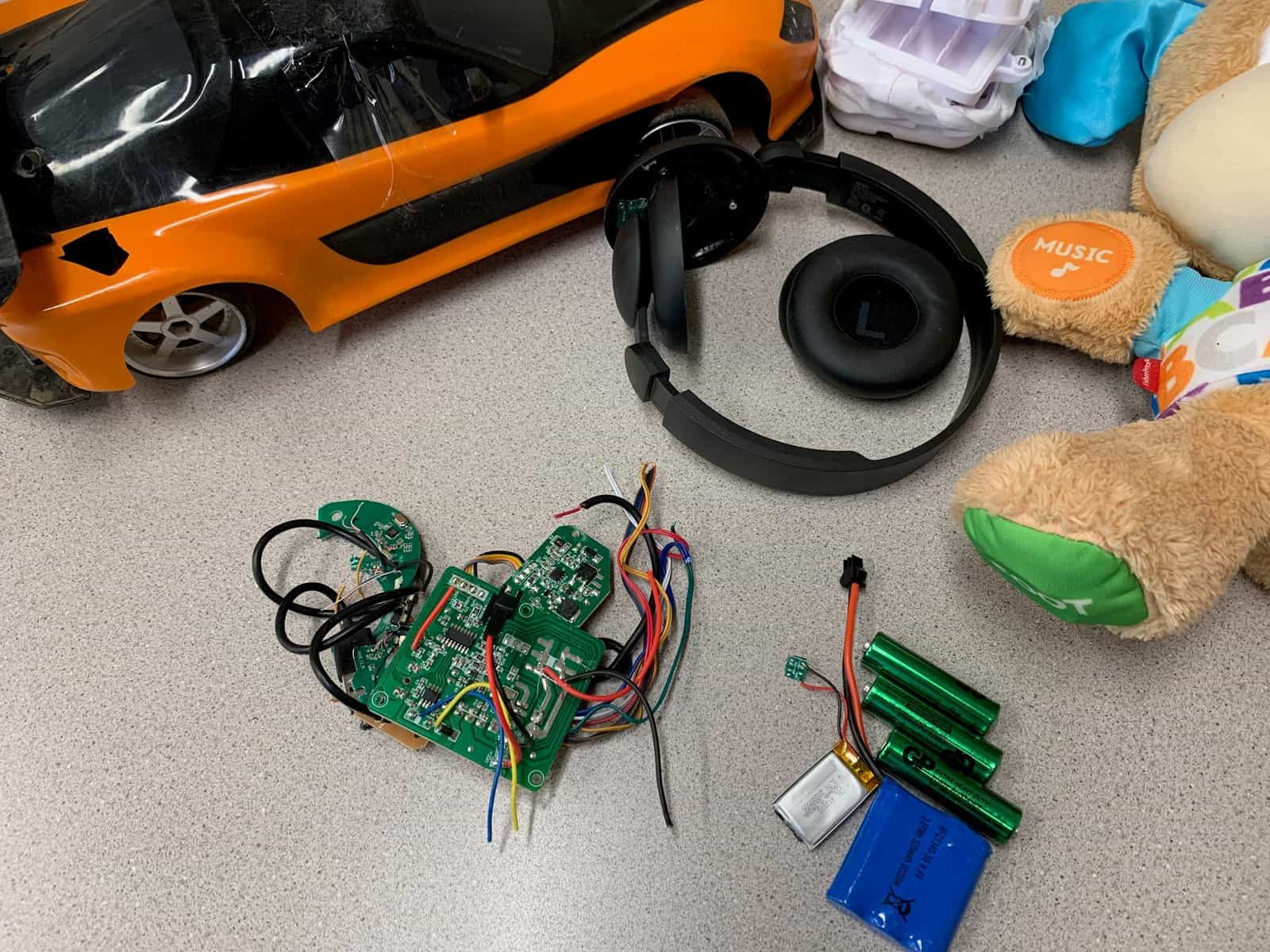
Battery Containing Devices also post a significant risk of fire for transporters, collectors, and processors of electronic scrap. Traditionally, E-Scrap recyclers would shred consumer products prior to their separation into component parts. As the consumer electronics market responds to the growing demand for portable electronics with extended battery life, recyclers are forced to respond with additional labor and technologies to process these devices in a safe and effective way.
What Should Be Done to Improve Recycling BCD’s
One important requirement is improved segregation at the source. Li-ion batteries are often discarded in bulk skips as part of larger assemblies or complete products, even though they should be collected separately. The United Nations’ European Agreement Concerning the International Carriage of Dangerous Goods by Road (ADR) treaty stipulates removal should be as easy and safe as possible. If removal is not possible, the assemblies should be transported separately as dangerous goods. It is also important that batteries, where practical, are not built into products in a way that prevents removal. The design of some consumer products does not facilitate simple dismantling, requiring breaching a permanently bonded casing. This adds to the cost of recycling and can increase the risk of physical damage to the battery.
SRS Media
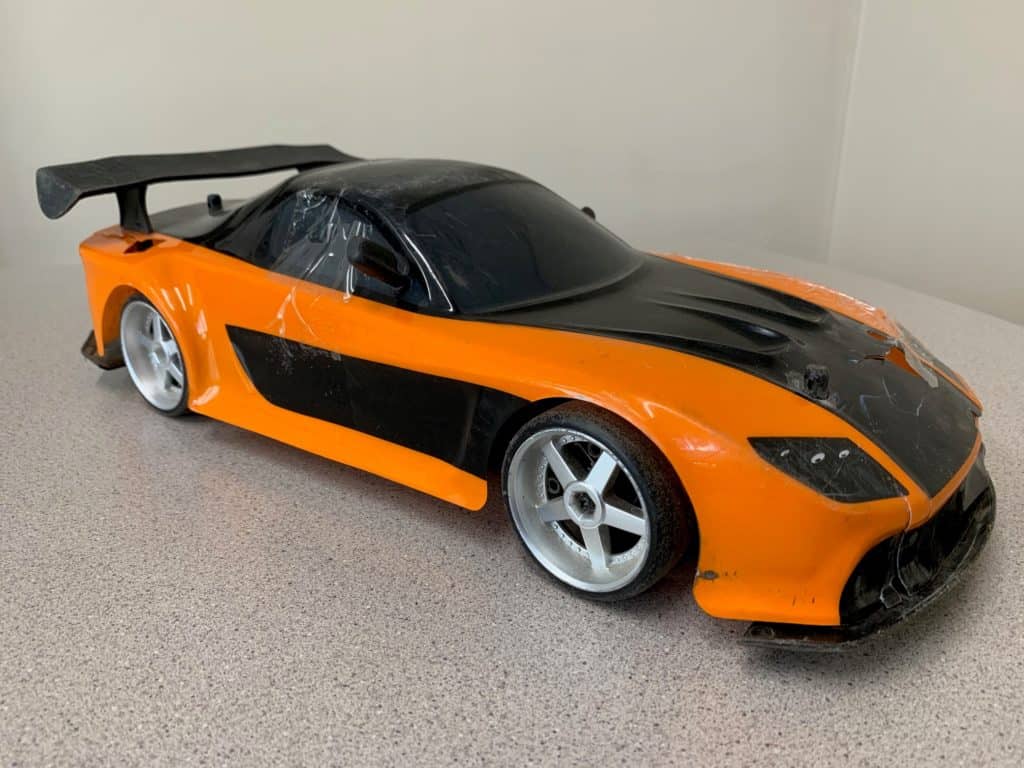
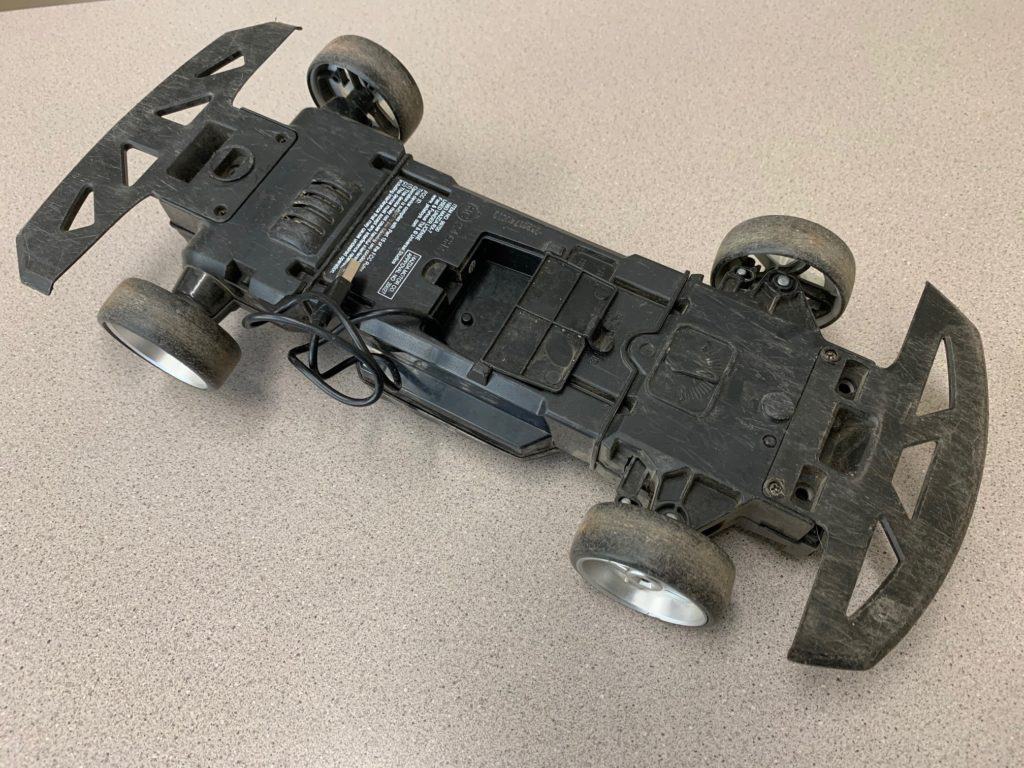
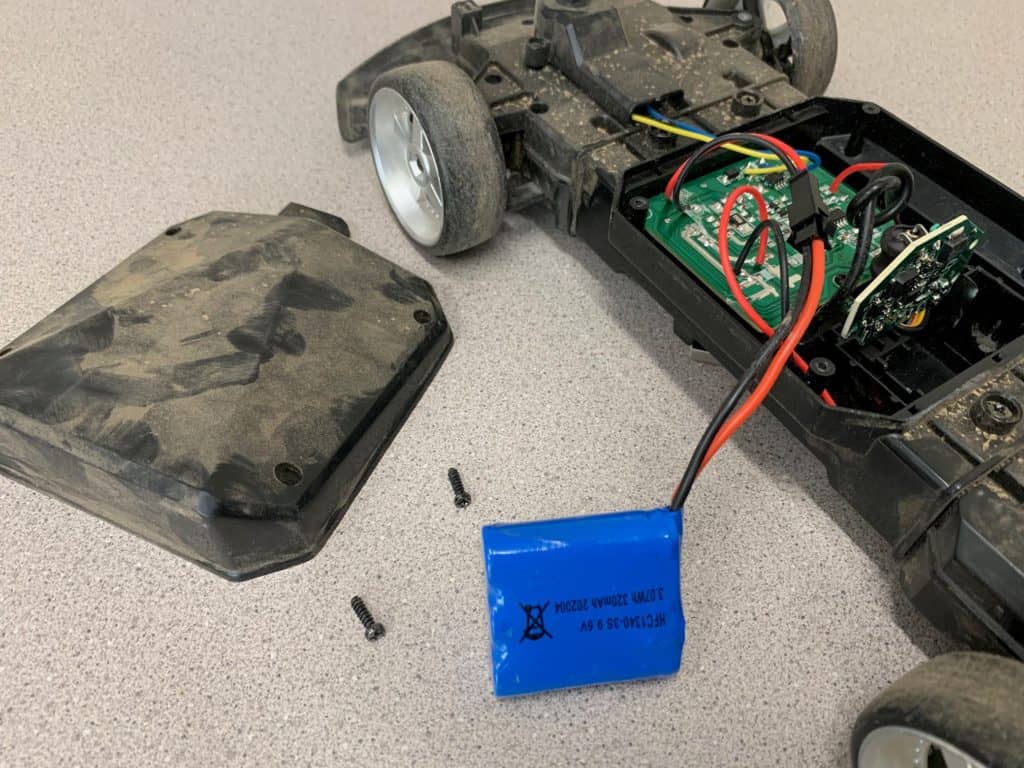
Recycling E-Waste is a much safer and more environmentally sustainable process that turning these devices over to landfill. Please read our guidelines to battery disposal for more important information concerning battery recycling.
How to Package Batteries for Shipment
Steve Jacobs, Environmental Services Director for The Retrofit Companies, Inc., shares tips on how to follow proper packaging guidelines for common battery types, including alkaline, lithium, lead acid and nickel cadmium. Learn More.

